SITCOMTN-168
Hexapod motions while exposing.#
Abstract
We have had many discussions about the pros and cons of intentionally moving the M2 and Camera hexapods while the camera shutter is open. This technote attempts to capture the pros and cons, and document the data that has been generated.
Acknowledgements: Keith Bechtol, Johnny Esteves, Guillem Megias, Tiago Ribeiro, Elana Urbach, and others.
Why move the hexapods during the exposure?#
At first glance, one would think that we should not be moving the hexapods while the shutter is open, in order to minimize motions of the camera that might cause image jitter. However, the Camera and M2 hexapod Look-Up Tables (LUTs) in some cases recommend significant hexapod motion during the exposure to keep the telescope in the optimum position for image quality. However, it is important to note that these LUTs were generated to optimize image quality, and did not take into account whether the image had moved slightly between the exposures used to generate the LUTs. Figures 1-4, generated by Guillem Megias, show the amount of hexapod motion recommended by a LUT during a 30 second exposure as a function of location on the sky. These are from an earlier LUT that only included elevation, and are just for illustration purposes. If quantitative results are needed, these plots should be re-run with the current LUT. You can see that while many of the recommended changes are quite small, especially the Camera Y change can be as much as 10 microns.
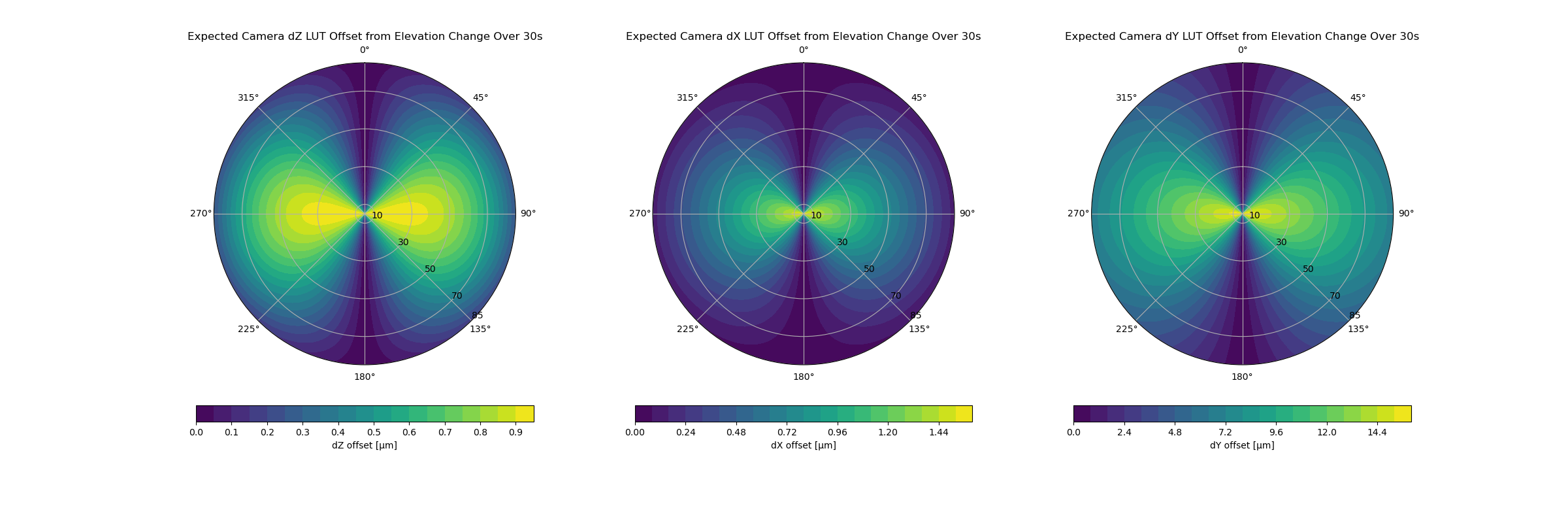
Figure 1. Camera altitude XYZ LUT change during a 30 second exposure.
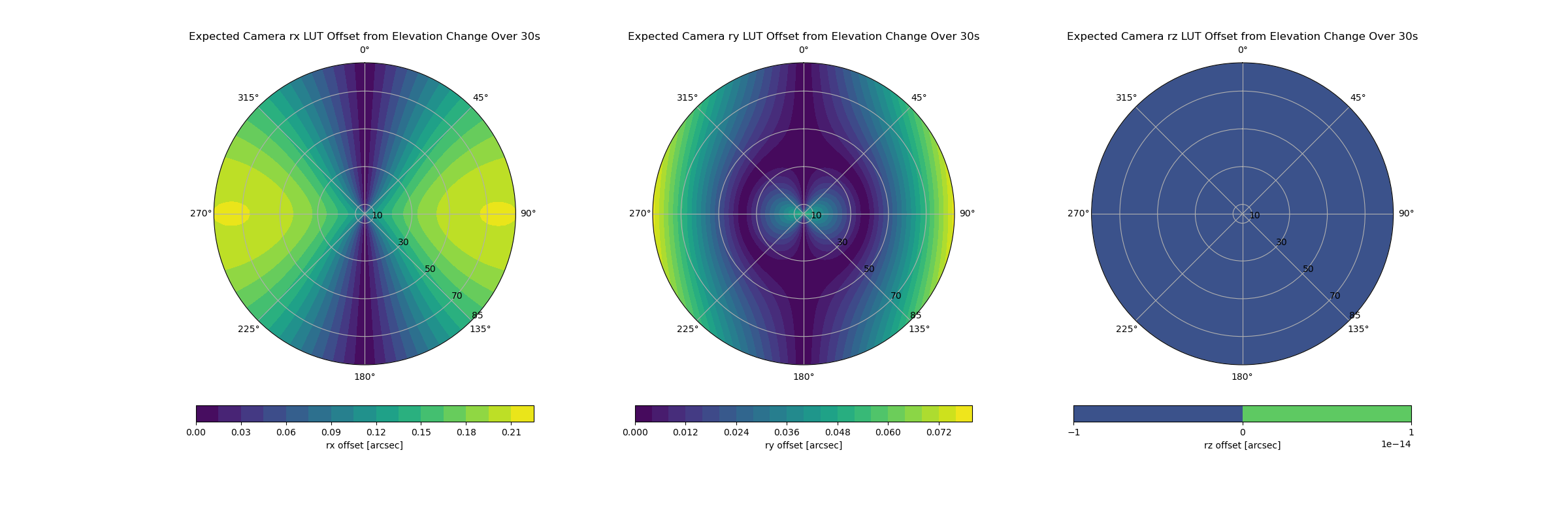
Figure 2. Camera altitude RXRYRZ LUT change during a 30 second exposure.
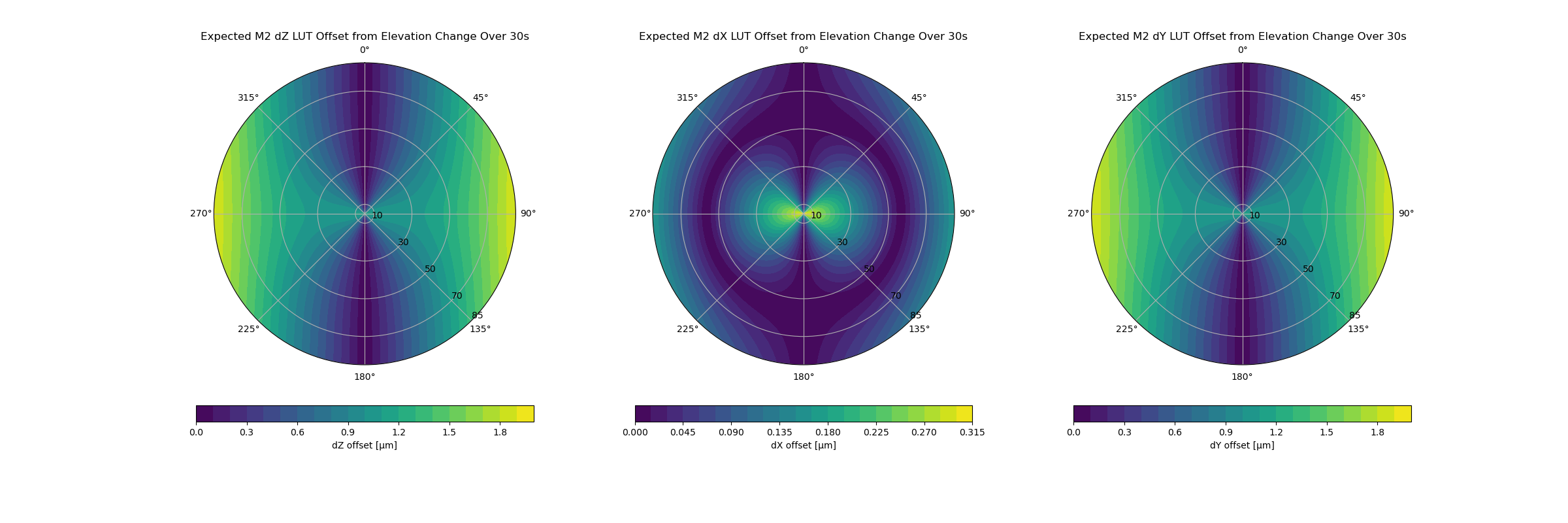
Figure 3. M2 altitude XYZ LUT change during a 30 second exposure.
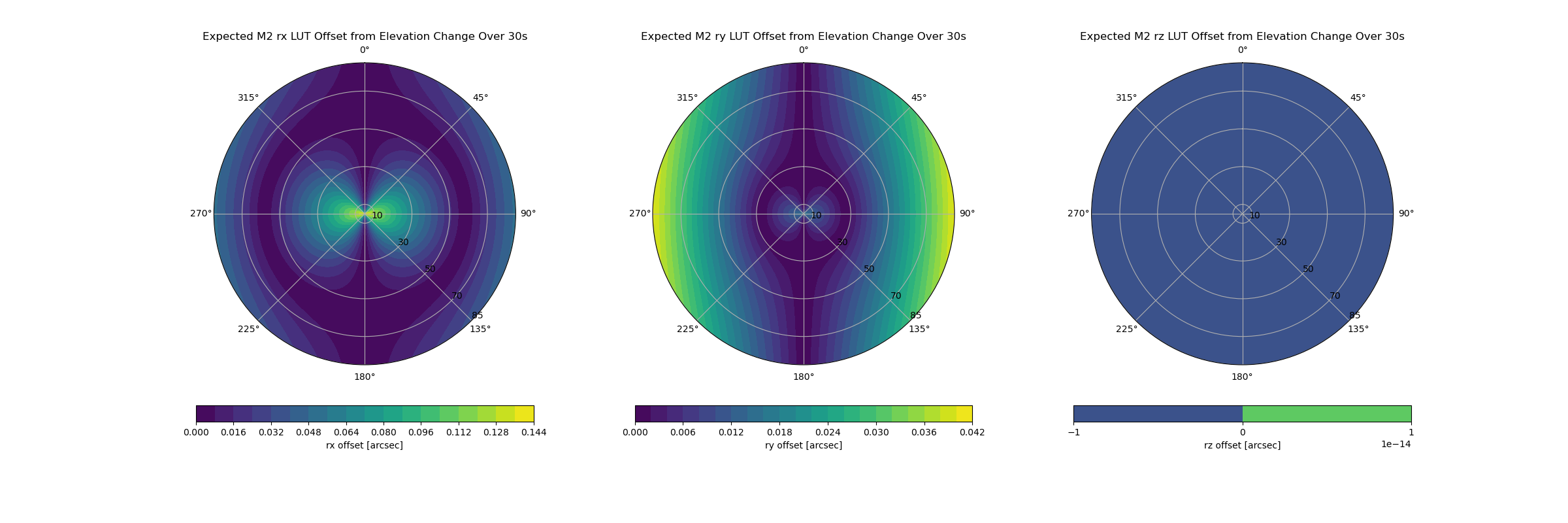
Figure 4. M2 altitude RXRYRZ LUT change during a 30 second exposure.
Size of hexapod motion steps#
The hexapod motions do not move continuously, but accumulate an error and then move in a step when the accumulated error exceeds some threshold. Initially, this threshold was set at 20 microns. With this threshold, we saw some images with essentially no hexapod motions, and some images with large, 20 micron steps, as in Figures 5 and 6. This threshold was then changed to 1 micron. After this, all exposures have a series of small hexapod steps, as in Figure 7.
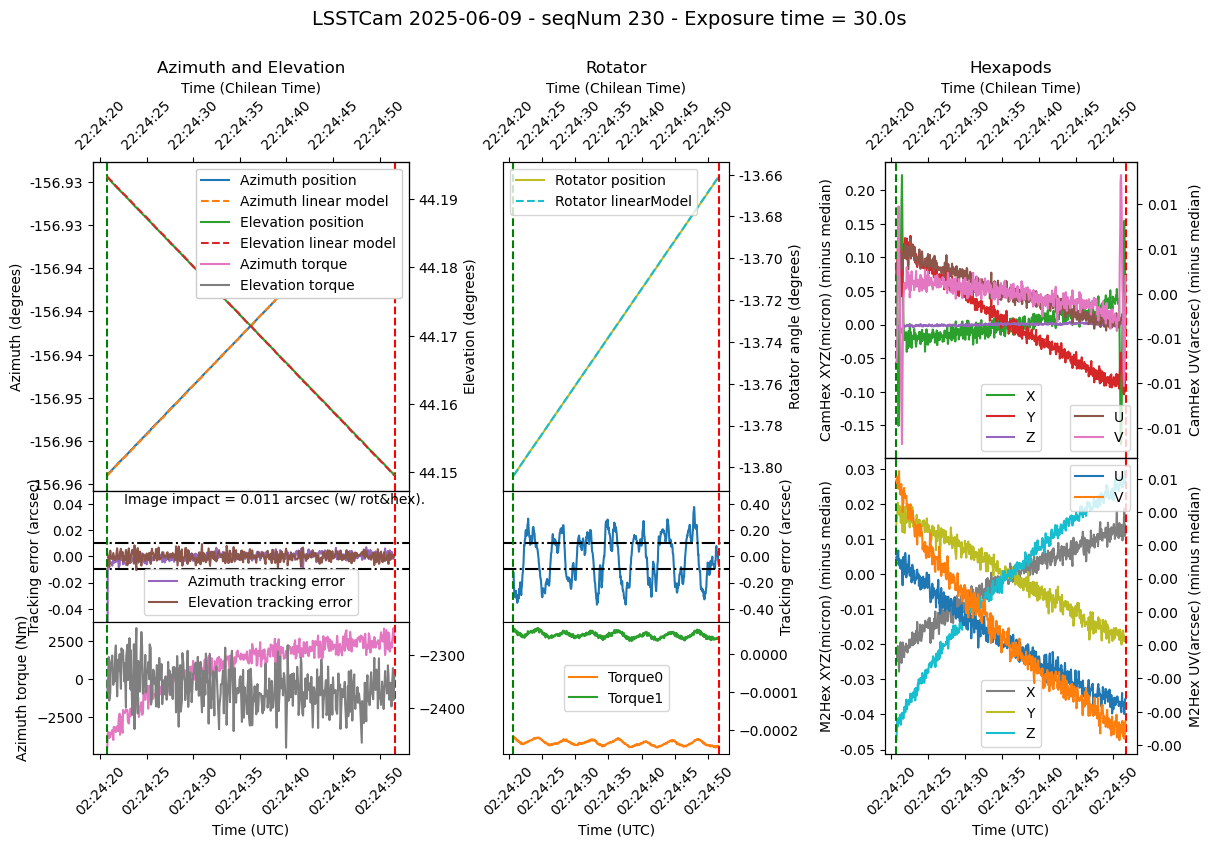
Figure 5. Exposure with essentially zero hexapod motions.
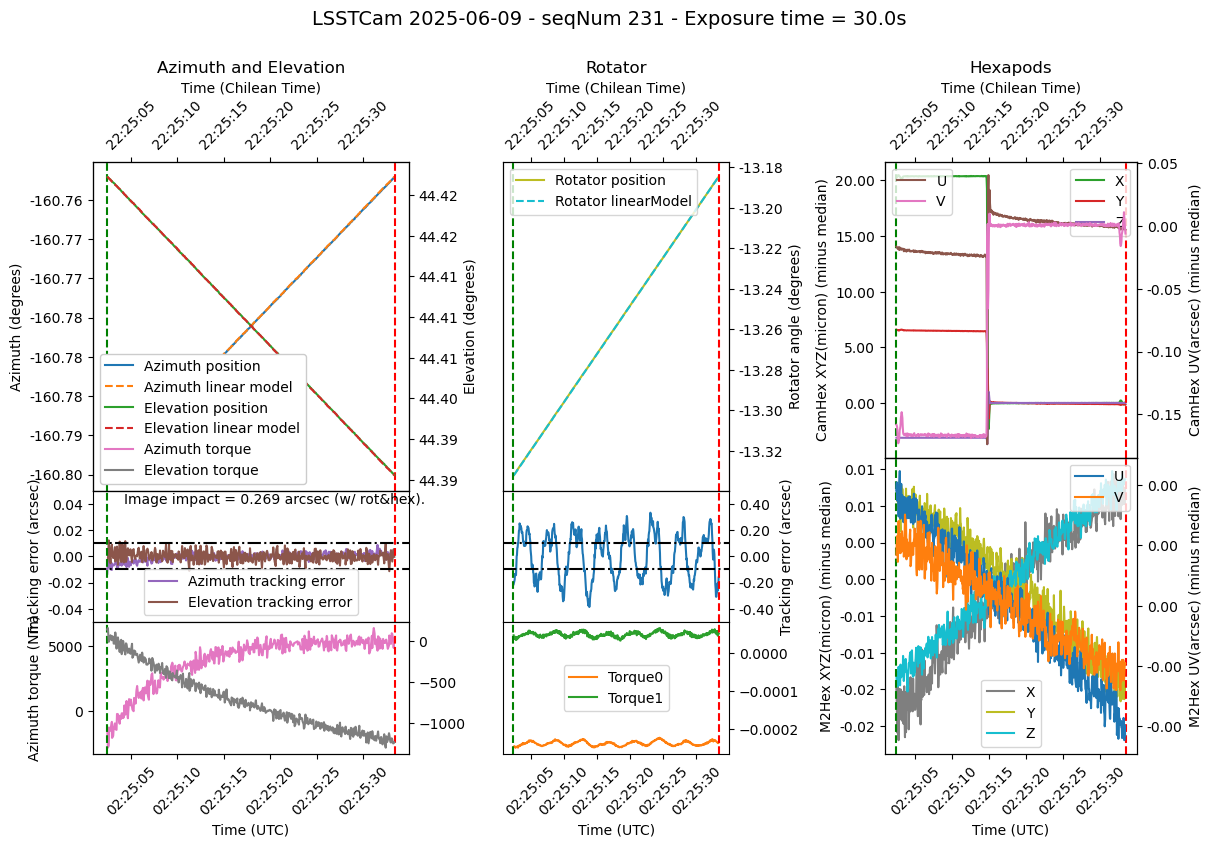
Figure 6. Exposure with a 20 micron hexapod step.
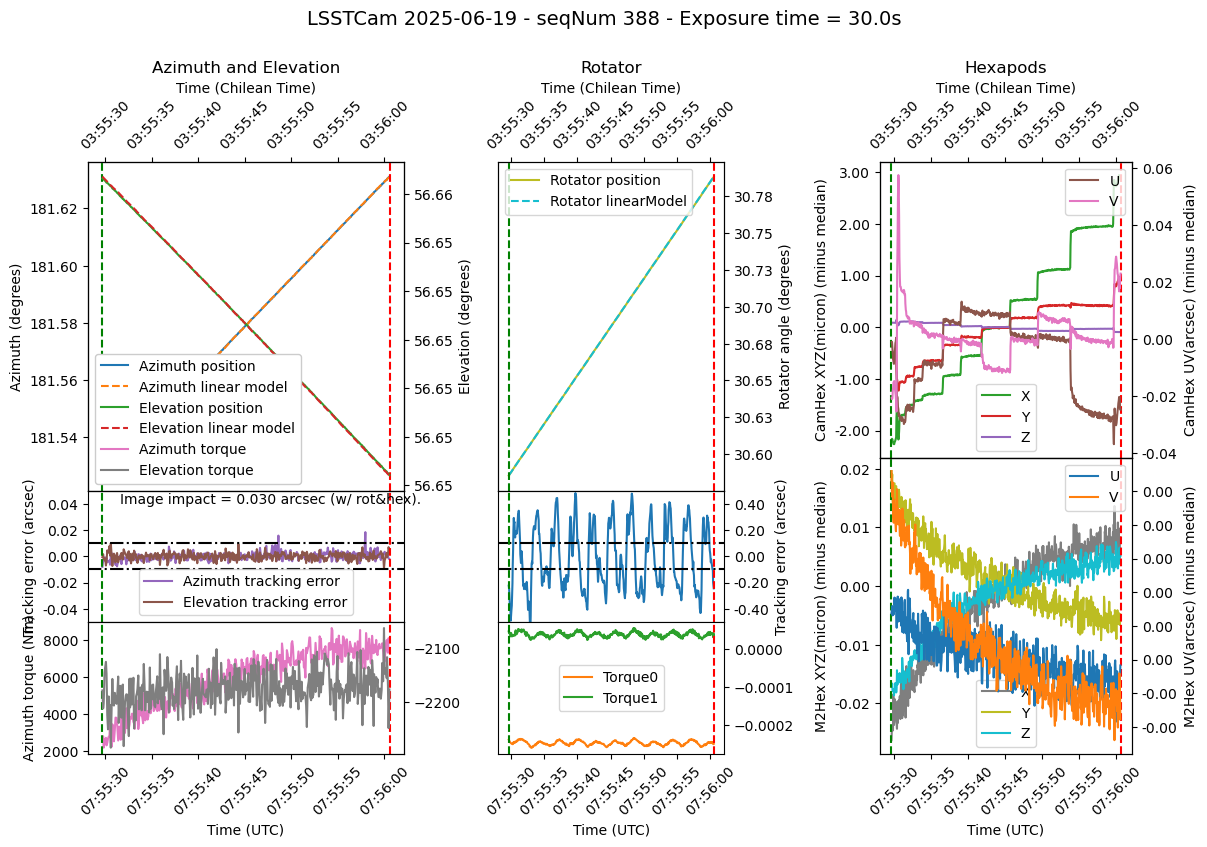
Figure 7. Exposure with a series of 1 micron hexapod steps. It is not understood (at least by the author) why the steps have different sizes.
Test to see if hexapod motions during exposure are necessary - July, 2025.#
In an attempt to determine if it is necessary or desirable to move the hexapods while exposing, Elana Urbach designed a test (BLOCK-T558), which was run on 20250717. The details are below.
The current standard is to move the hexapods in 1 micron steps while exposing.
This test increased that step size to 20 microns.
This gives some images with no hexapod motion (what we want to test) and some with 20 micron hexapod steps (which we ignore).
The tests were done near 270 degrees azimuth to give maximum elevation motion.
Figures 8, 9, and 10 compare different aspects between an image with no hexapod motions and an image with 1 micron hexapod steps.
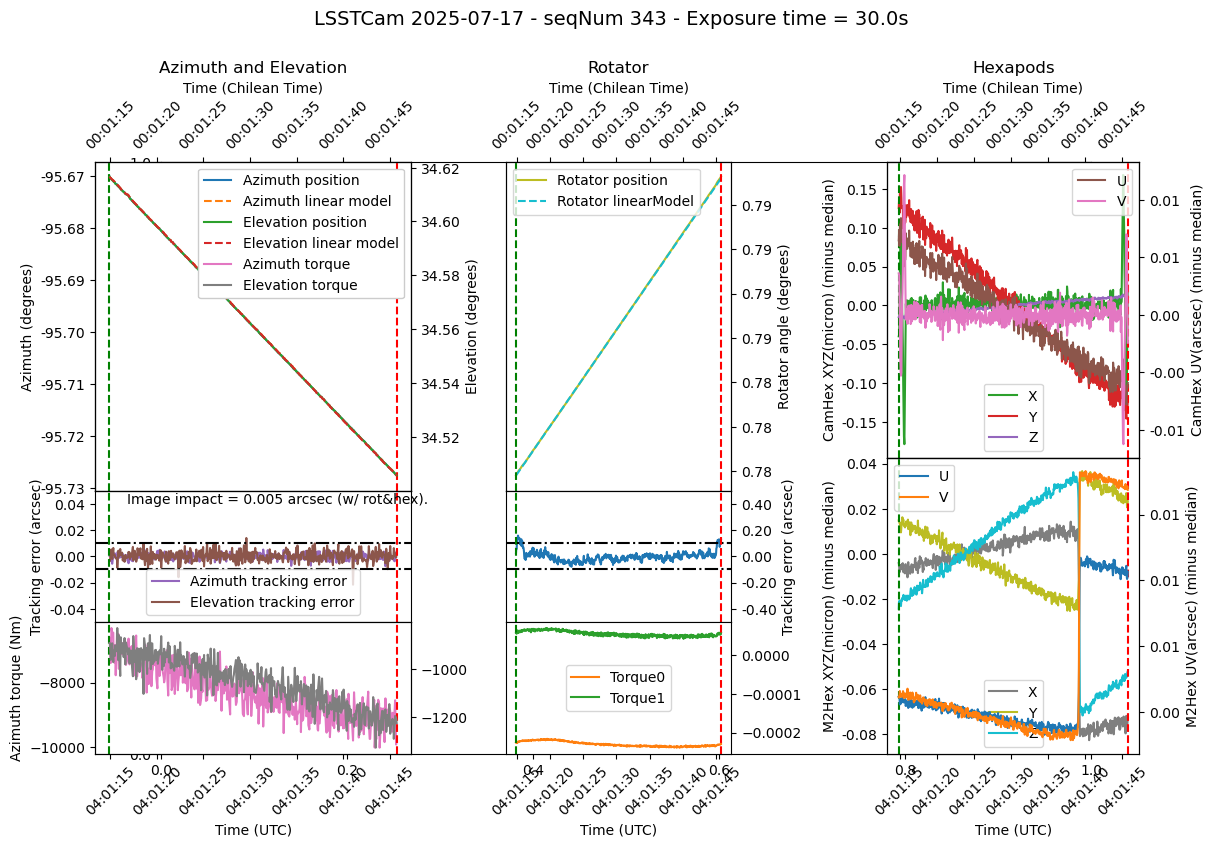
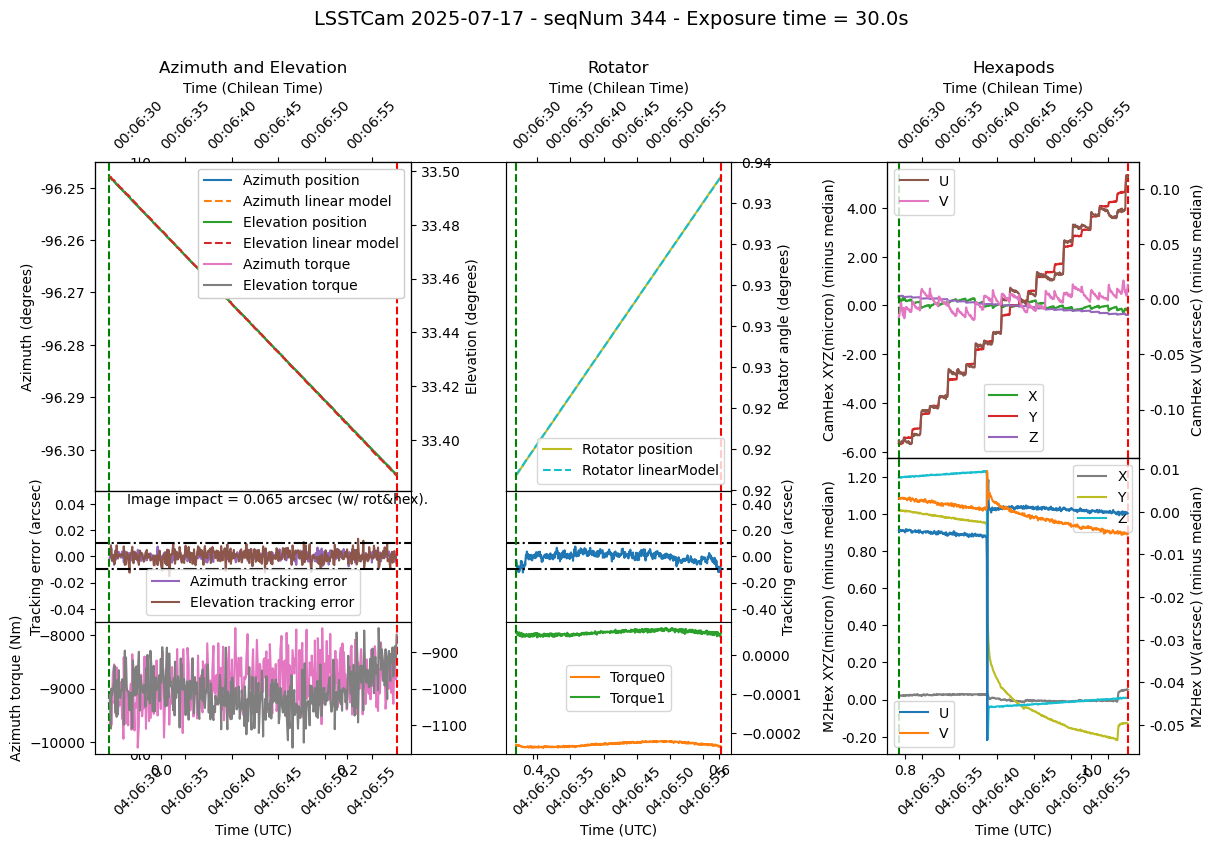
Figure 8. Comparing the mount motion plots between no significant hexapod motion (left) and 1 micron hexapod steps (right).
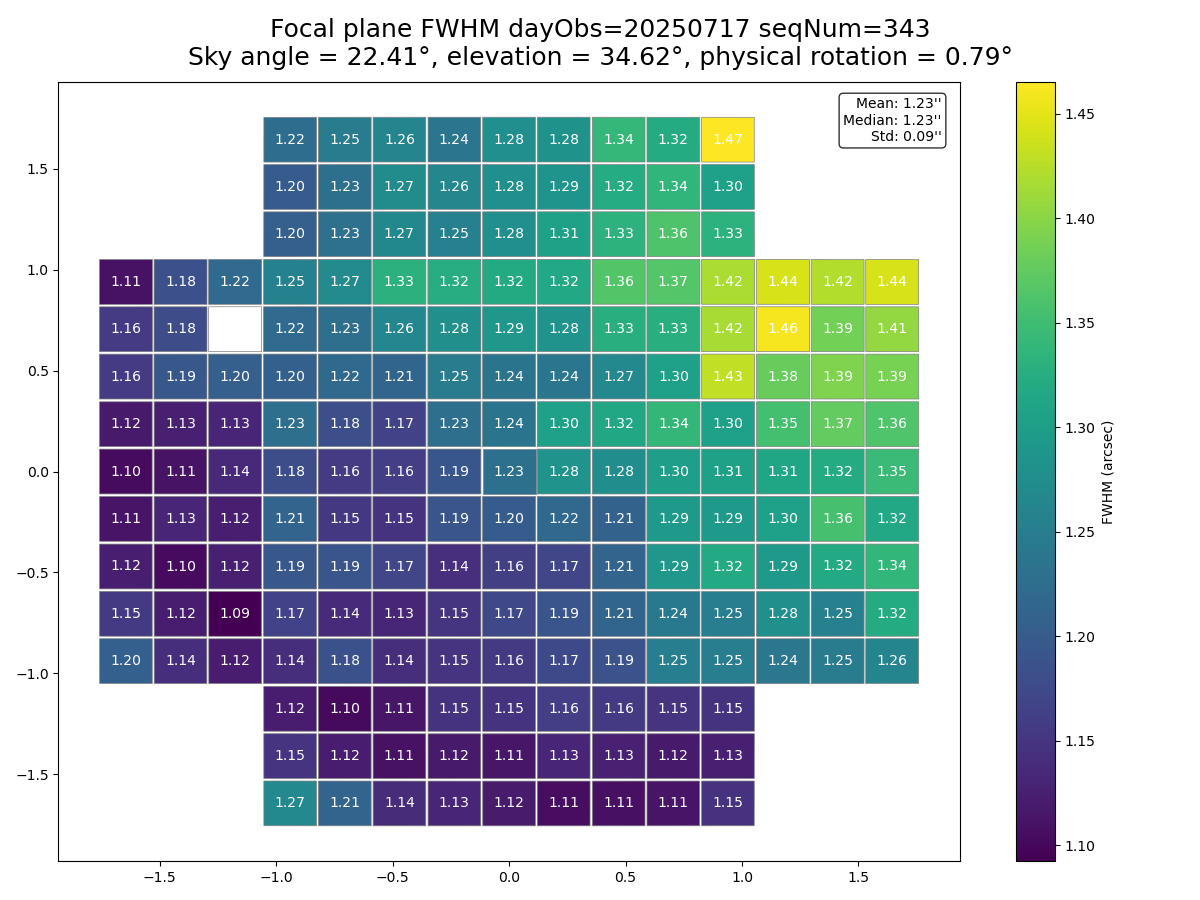
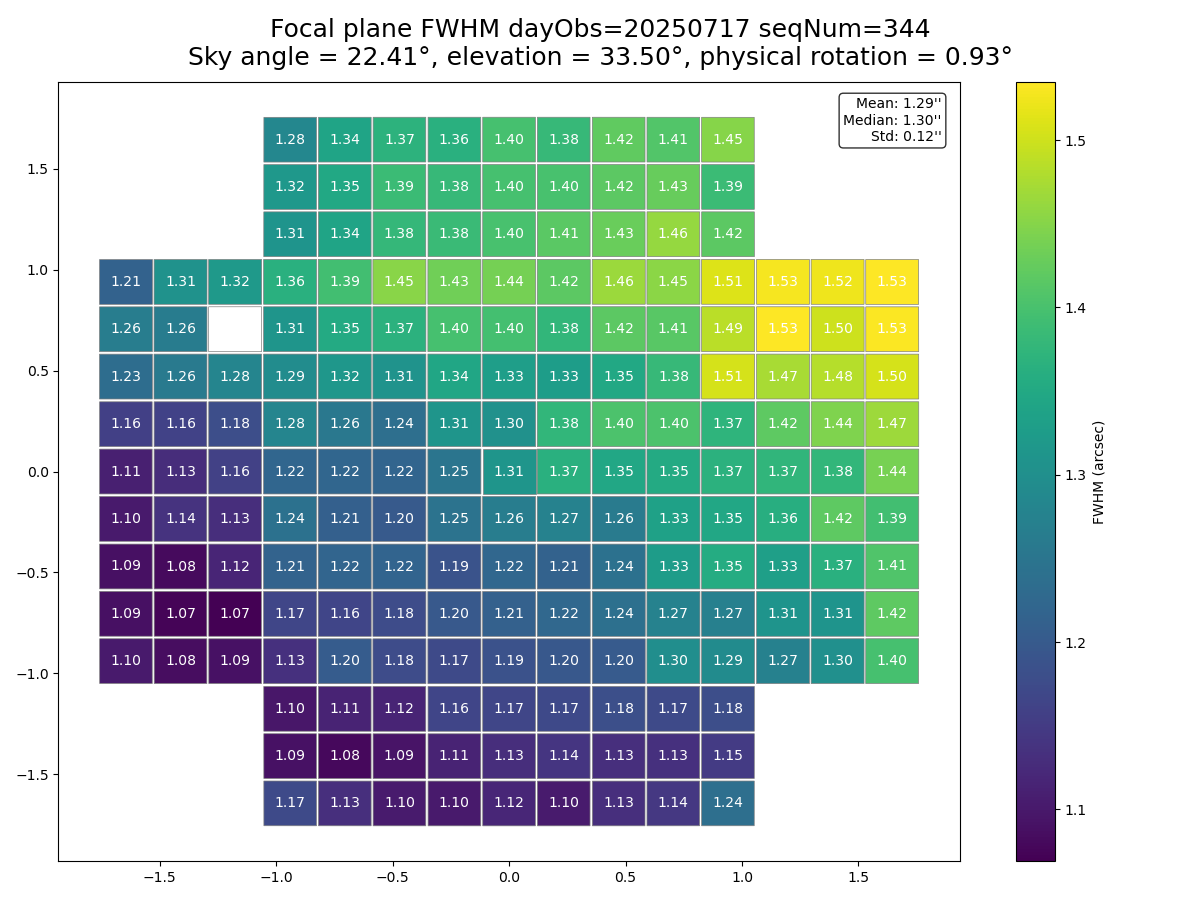
Figure 9. Comparing the FWHM focal plane plots between no significant hexapod motion (left) and 1 micron hexapod steps (right).
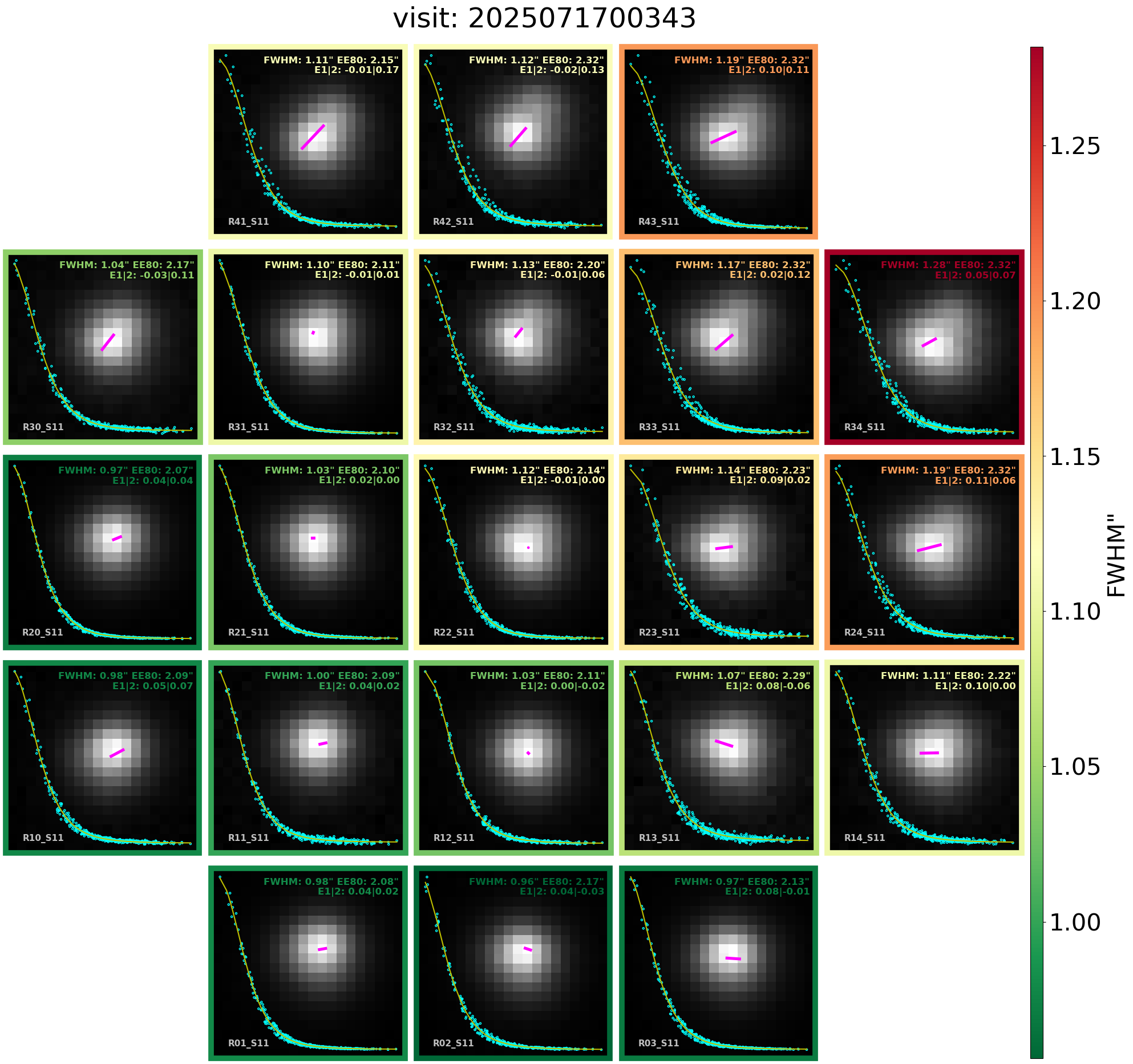
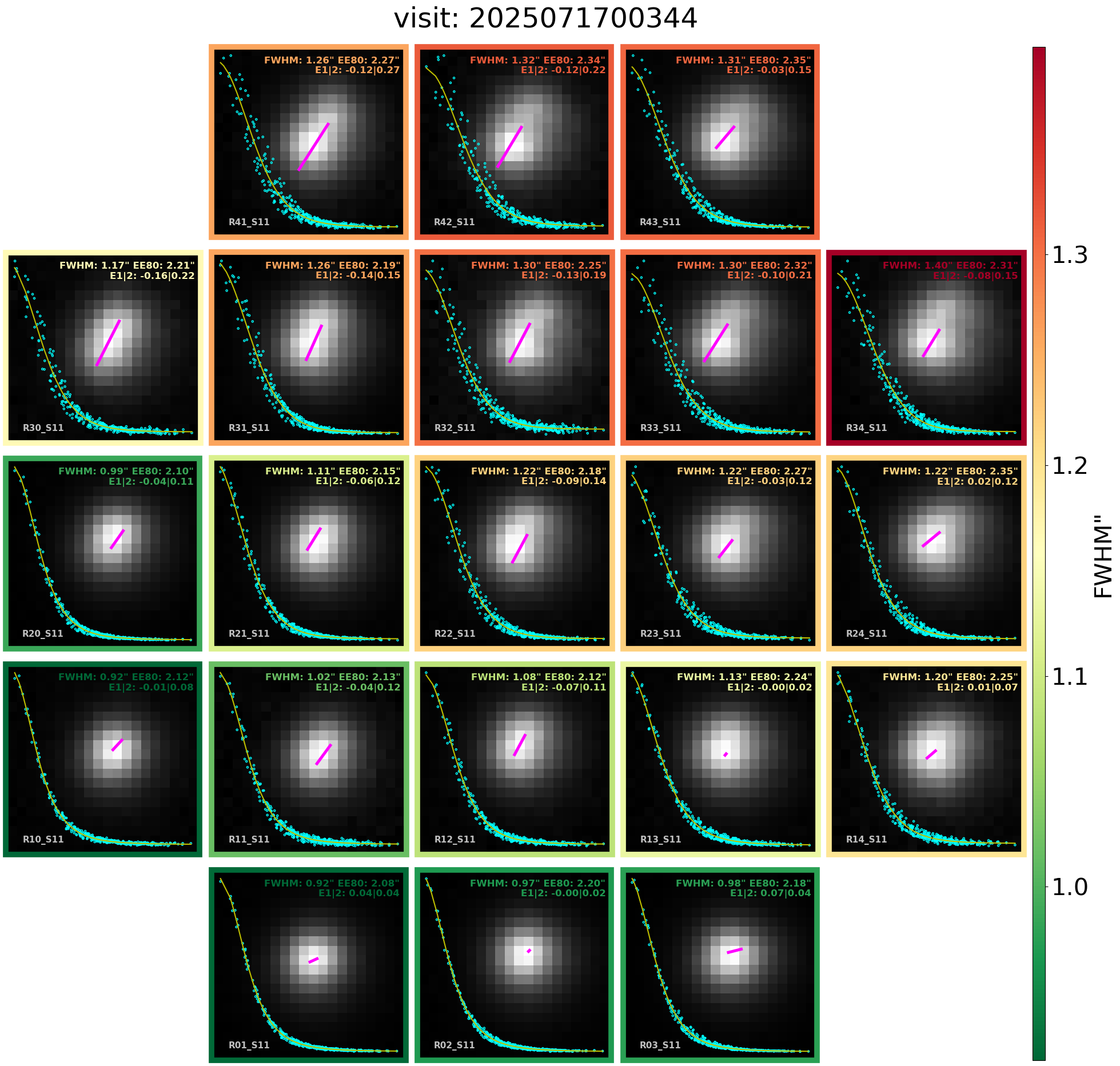
Figure 10. Comparing the star image plots between no significant hexapod motion (left) and 1 micron hexapod steps (right).
One other point from this test. The best image during the test (Figures 11, 12, 13) occurred with no hexapod motions. Thus it appears that no hexapod motions are necessary to obtain good imaging. However, we believe this test was not sufficiently conclusive to make a decision, and we plan to repeat it with better seeing.
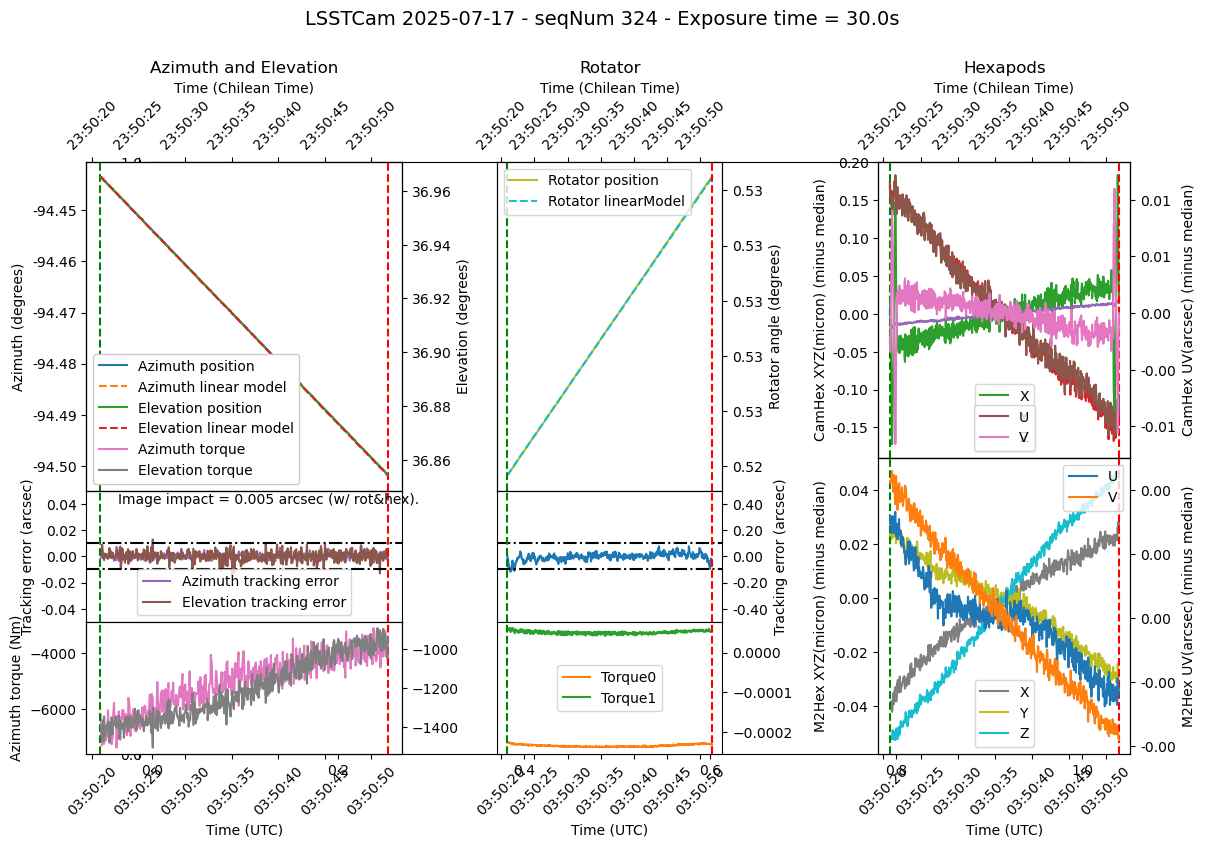
Figure 11. Mount motion plot of the best image, which had no hexapod motion.
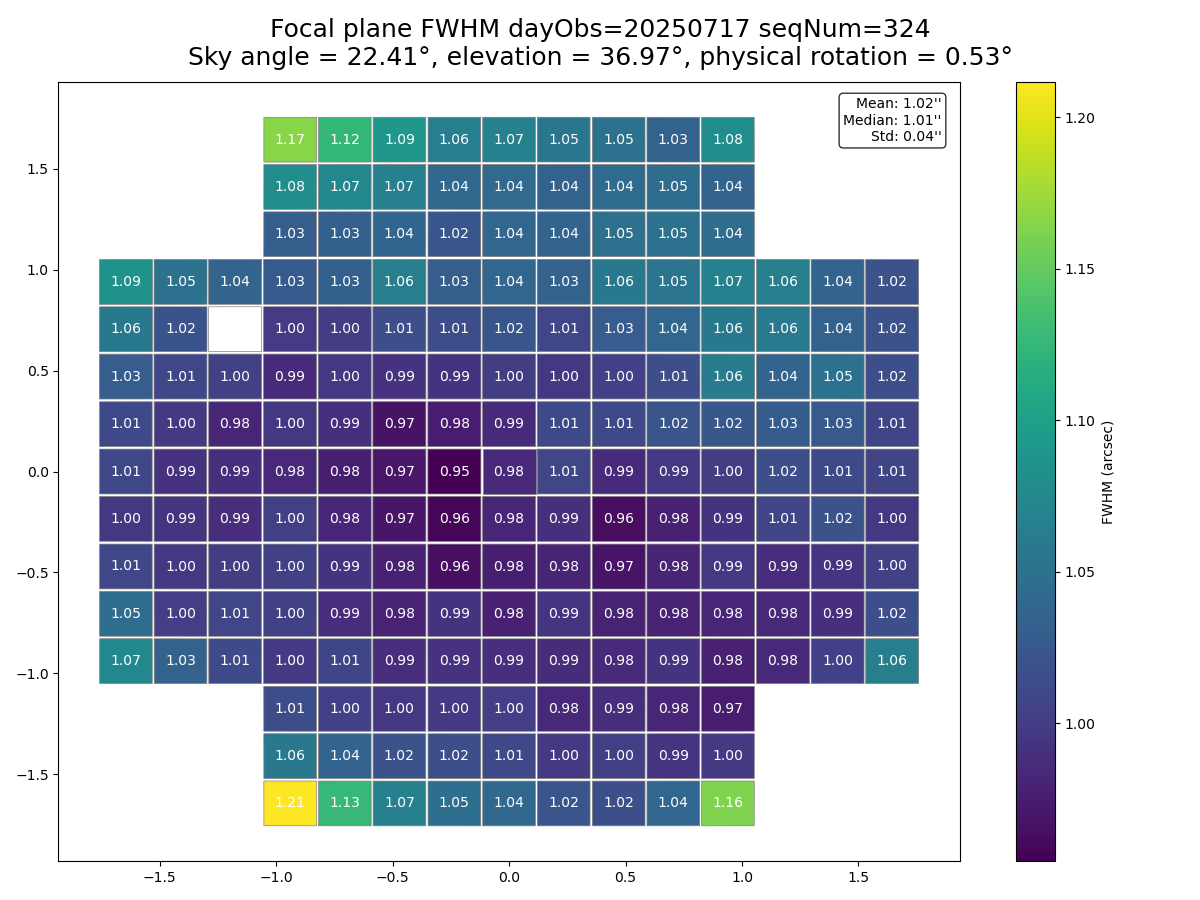
Figure 12. FWHM focal plane plot of the best image, which had no hexapod motion.
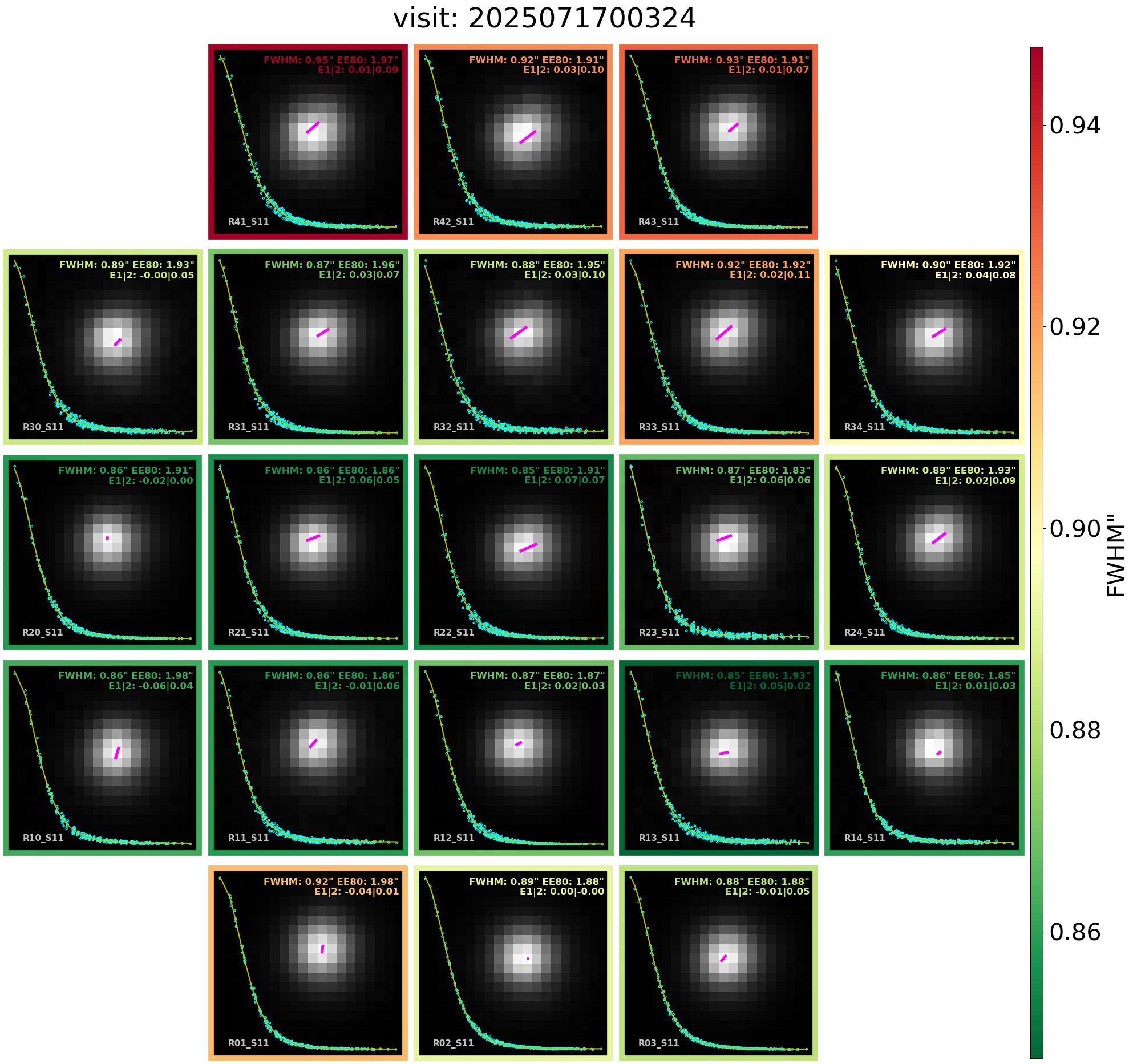
Figure 13. Star image plot of the best image, which had no hexapod motion.
Correlations of guider drifts with image shift from hexapod motions - November, 2025#
By November, 2025, Johnny Esteves, Merlin Fisher-Levine, and others had added the capability to quantify image motion during our 30 second exposures. For these measurements, using the guider chips in the four corners of the LSSTCam, we typically have on the order of 50 individual postage stamps from each of the eight guider chips. At this writing each stamp has an exposure time of about 200 ms, fillowed by a 400 ms delay before the next stamp. We can identify stars in these postage stamps and calculate the centroids of the stars, allowing us to plot the centroid motion of the stars during the 30 second exposure. It is not uncommon to see the stars drift during the exposure, as shown in Figure 14.

Figure 14. Guider drift plot showing significant drift of the star centroids. Note that the drift is consistent across the eight guider chips, indicating a global drift.
In an effort to understand what could be causing these drifts, I tested the hypothesis that these guider drifts are caused primarily by the hexapod motions during the exposure. I calculated how much image motions we should expect from the hexapod motions during the exposure in the following way:
For a given exposure, extract the hexapod motions during the exposure from the EFD.
Calculate the image motion expected given these hexapod motions, using the following coefficients, which were calculated using Batoid by Josh Meyers.
camHexXY = 1.00 # microns(image) / micron(hexapod)
camHexUV = 4.92 # microns(image) / arcsecond(hexapod)
m2HexXY = 1.13 # microns(image) / micron(hexapod)
m2HexUV = 37.26 # microns(image) / arcsecond(hexapod)
Add these motions vectorially to get the expected image motions.
Compare these predicted motions to the drifts measured by the guiders.
The results are shown in Figure 15. There is a strong correlation of the guider drifts to the drift predicted from the hexapod motions. Figure 15 shows just one night, but a total of 11 nights were run and all showed similar results, although some nights had much less data.

Figure 15. Correlation of measured guider drifts to the drifts predicted from the measured hexapod motions while exposing. The correlation is strong, indicating that the hexapod motions are a principal source of the guider drifts.
Direct tests with and without hexapod motions while exposing - December, 2025#
Based on these results, it was decided to do a series of direct tests. Tiago Ribeiro modified the MTHexapod CSC to allow turning on or off the hexapod motions while exposing. Of course, hexapod motions between images are still needed. The first test was run on 2025-12-09 and is shown in Figure 16. In the histograms, it is clear that the guider drifts are reduced significantly, in fact the red and blue distributions do not overlap. Image quality metrics (PSF, Ellipticity) are inconclusive and are statistically the same.

Figure 16. Back-to-back tests between moving the hexapods while exposing and not moving them. The guider drifts are clearly reduced when we don’t move the hexapods. Image quality metrics show no significant difference.
This test was repeated on two more nights, 2025-12-10 and 2025-12-11, shown in Figures 17 and 18. Here the difference in guider drift is smaller, although in both cases the guider drift when not moving the hexapods is essentially zero. The test on 2025-12-09 used the V20 LUT, while 2025-12-10 and 2025-12-11 used the V22 LUT. It appears that the hexapod motions are smaller with the V22 LUT (see Figure 19), and I believe this is the reason why these two nights show a smaller difference.

Figure 17. Back-to-back tests between moving the hexapods while exposing and not moving them. The guider drift difference is smaller, but the images with no hexapod motions while exposing still show essentially zero drift. Image quality metrics show no significant difference.

Figure 18. Back-to-back tests between moving the hexapods while exposing and not moving them. The guider drift difference is smaller, but the images with no hexapod motions while exposing still show essentially zero drift. Image quality metrics show no significant difference.

Figure 19. Plots of the hexapod motions seen through the night on 2025-12-09, 2025-12-10, and 2025-12-11. It appears that the V20 LUT (2025-12-09) results in larger hexapod motions while exposing than the V22 LUT (2025-12-10 and 2025-12-11).
A full night with no hexapod motions while exposing - 2025-12-14#
Based on these results, it was decided to run a full night with the hexapod motions while exposing disabled. The night ran well, and no problems were seen. Figure 20 shows a trend of the ellipticity distributions since the October, 2025 maintenance shutdown, plotted by Keith Bechtol. The night with no hexapod motions while exposing showed the lowest ellipticity we have seen. Rough calculations (to be refined) show that the probability of obtaining that low ellipticity by pure chance is less than 0.1%.

Figure 20. Ellipticity trend since the October, 2025 maintenance shutdown. The night with no hexapod motions while exposing (2025-12-14) had a record low ellipticity.
Summary#
I attempted to summarize here the discussions and tests as to whether or not we should be moving the hexapods while exposing. Based on these results, it is recommended to adopt the “no hexapod motion while exposing”, also known as “no compensation while exposing” (NCWE) as the default for future imaging.